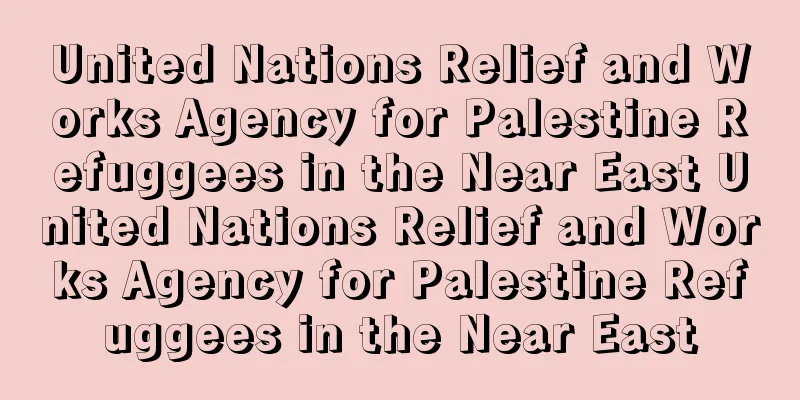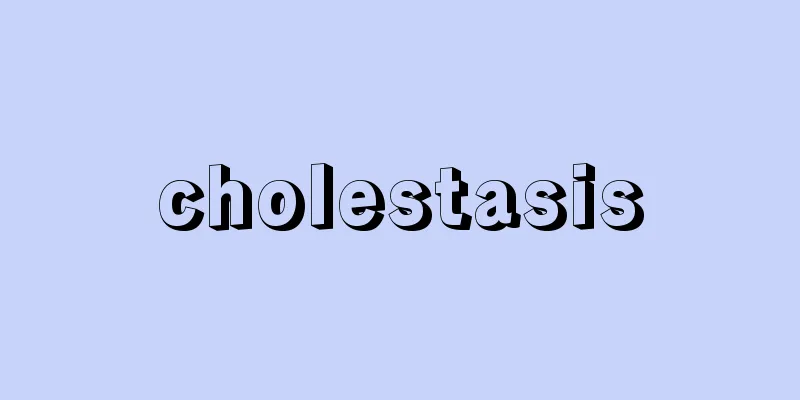World Climate Programme

|
The WCP is one of the major action plans of the World Meteorological Organization (WMO), and is an international cooperative plan on climate issues. It was adopted at the 8th WMO General Assembly in 1979 and consists of the following sub-plans: [1] World Climate Data and Monitoring Programme (WCDMP) (1) To collect observational data obtained using instruments over the past 100 years and to investigate the uniformity of the quality of the data. (2) To maintain and improve the observation network. (3) To establish a data retrieval system. (4) To establish a climate monitoring system using satellite data. [2] World Climate Applications and Services Programme (WCASP): This program works to bring together climatologists and other technical experts to reduce social losses, and provides technical assistance to developing countries on the use of data. [3] World Climate Impact Assessment and Response Strategies Programme (WCIRP) Several studies will be conducted because the impacts of climate change vary depending on social structure, economic organization, and level of development. Important research topics include: (1) Relationships with water resources, energy, agriculture, etc.; (2) Interactions between climate change and human activities; and (3) Computer-based numerical model experiments of the interactions mentioned in (2). [4] World Climate Research Programme (WCRP): Conducts research to predict climate change. (1) Develops numerical models of the climate. (2) Analyses cloud cover, radiation, aerosols (fine suspended particles, aerosols), oceanography, etc. In 1990, WMO, the Intergovernmental Oceanographic Commission (IOC) of the United Nations Educational, Scientific and Cultural Organization (UNESCO), the International Council of Scientific Unions (ICSU, now the International Council of Science), and the United Nations Environment Programme (UNEP) established the Global Climate Observing System (GCOS) to observe and monitor all elements surrounding the climate system, including the atmosphere, living organisms, snow and ice, and the oceans, and to accumulate data and conduct research and studies on the climate. WCP supports this system. In addition, WMO and UNEP jointly established the Intergovernmental Panel on Climate Change (IPCC) in November 1988 as the first forum to consider the issue of global warming at the government level. The IPCC collects and evaluates scientific knowledge, impact assessments and adaptation strategies, and cross-cutting economic issues such as the impact on the economy and the cost of reducing emissions, and provides advice to policymakers in each government based on scientific knowledge. The IPCC's first report was published in 1990 and has since been produced at intervals of 5 to 6 years. These reports are reflected in documents such as the UN Framework Convention on Climate Change (UNFCCC), which came into force in 1994. [Toshiaki Yasuda and Yoh Narumura] "Earth Science and Technology - Current Status and Outlook of Major International Research Programs" edited by the Science and Technology Agency Resources Survey Institute (1987, Ministry of Finance Printing Bureau)" ▽ "Abnormal Weather Report '89: Recent Abnormal Weather and Climate Change in the World - Its Actual Situation and Outlook" edited by the Meteorological Agency (1989, Ministry of Finance Printing Bureau)" ▽ "Encyclopedia of International Organizations Creating the 21st Century 5: International Organizations Related to the Environment" edited by Oshiba Ryo (2003, Iwasaki Shoten)" [References] | | | United Nations | | | | |Source: Shogakukan Encyclopedia Nipponica About Encyclopedia Nipponica Information | Legend |
|
世界気象機関(WMO)のおもな活動計画の一つで、気候問題に関する国際共同計画。略称WCP。1979年の第8回WMO総会で採択され、次の副計画からなる。 〔1〕世界気候資料・監視計画World Climate Data and Monitoring Programme(WCDMP) (1)測器による観測資料を過去100年以上にわたり収集し、資料の品質の均一性を調査する。(2)観測網の維持改善。(3)データ検索システムの確立。(4)衛星資料応用の気候監視システムの確立。 〔2〕世界気候利用・サービス計画World Climate Applications and Services Programme(WCASP) 社会の損失を軽減するための気候学者と他の分野の技術者との協力、および資料利用に関する開発途上国への技術援助を行う。 〔3〕世界気候影響・対応戦略計画World Climate Impact Assessment and Response Strategies Programme(WCIRP) 気候変動の影響は社会構造、経済組織、開発度などにより異なるため、いくつかの調査を行う。重要な調査項目は、(1)水資源・エネルギー・農業などとの関連。(2)気候変化と人間活動との相互作用。(3)前記(2)の相互作用の、コンピュータによる数値モデル実験など。 〔4〕世界気候研究計画World Climate Research Programme(WCRP) 気候変動の予測のための研究を行う。(1)気候の数値モデルの作成。(2)雲量、放射、エーロゾル(浮遊微粒子、煙霧質。エアロゾルともいう)、海洋(海況)などの分析。 1990年にWMO、国連教育科学文化機関(UNESCO(ユネスコ))の政府間海洋学委員会(IOC)、国際学術連合会議(ICSU。現、国際科学会議)、国連環境計画(UNEP)は、気候について、大気、生物、雪氷、海洋などの気候システムを取り巻くすべての要素の観測・監視、データの蓄積、調査研究を行うため、全球気候観測システムGlobal Climate Observing System(GCOS)を設立したが、WCPはこれを支援している。また、WMOは、1988年11月にUNEPとの共催で、地球温暖化問題を初めて政府レベルで検討する場として「気候変動に関する政府間パネル」Intergovernmental Panel on Climate Change(IPCC)を設立し、科学的な知見、影響評価や適応戦略、経済に及ぼす影響や排出削減コストなどの横断的な経済問題などを集めて評価し、各国政府の政策決定者に科学的知見を基にした助言を行っている。IPCCの報告書は、1990年に第一次報告書が発表され、以後5~6年の間隔でつくられており、1994年に発効した「気候変動に関する国際連合枠組条約」(気候変動枠組み条約)UN Framework Convention on Climate Change(UNFCCC)などに反映されている。 [安田敏明・饒村 曜] 『科学技術庁資源調査所編『地球科学技術――主要国際研究プログラムの現状と展望』(1987・大蔵省印刷局)』▽『気象庁編『異常気象レポート'89 近年における世界の異常気象と気候変動 その実態と見通し』(1989・大蔵省印刷局)』▽『大芝亮監修『21世紀をつくる国際組織事典5 環境にかかわる国際組織』(2003・岩崎書店)』 [参照項目] | | | | | | | |出典 小学館 日本大百科全書(ニッポニカ)日本大百科全書(ニッポニカ)について 情報 | 凡例 |
<<: World Weather Watch Program; WWW
>>: World view - Sekaikan (English) world view English
Recommend
Six Laws - Roppo
〘Noun〙 [1] ( Rokuhafu )① Six standards for the cre...
《American English Dictionary》 - AmeRikabanEigoJiten
…In 1783, he published a textbook consisting of t...
Hydruntum
…It is the easternmost city in Italy, facing the ...
Dongting Lake - Dongting Lake
Located in the north of Hunan Province, China, it...
Enman-in Temple
An independent Tendai temple located in Onjoji-cho...
King Kong
American film. Produced in 1933. A classic monster...
Private forest - shuurin
A general term for forests owned by individuals, ...
Kanpei's Last Words - Kanpyo's Last Words
In 897 (Kanpei 9), Emperor Uda sent his 13-year-o...
Kamokogo Tomb - Kamogokofun
…The first of the four types to appear were stone...
clamp connection
...The classification system is based on various ...
Okinawa pheasant - Okinawa pheasant
...It is distributed in southern Kyushu, Ryukyu, ...
Bursa (English spelling)
A city in northwestern Turkey, capital of Bursa Pr...
Engagement ceremony - Yuinou
Prior to marriage, money and gifts are usually gi...
Lacassagne, A. (English spelling) LacassagneA
...In addition, some of the theories of criminal ...
Yen Close - Enclose
…Dollar closes are often specified in long-term l...









